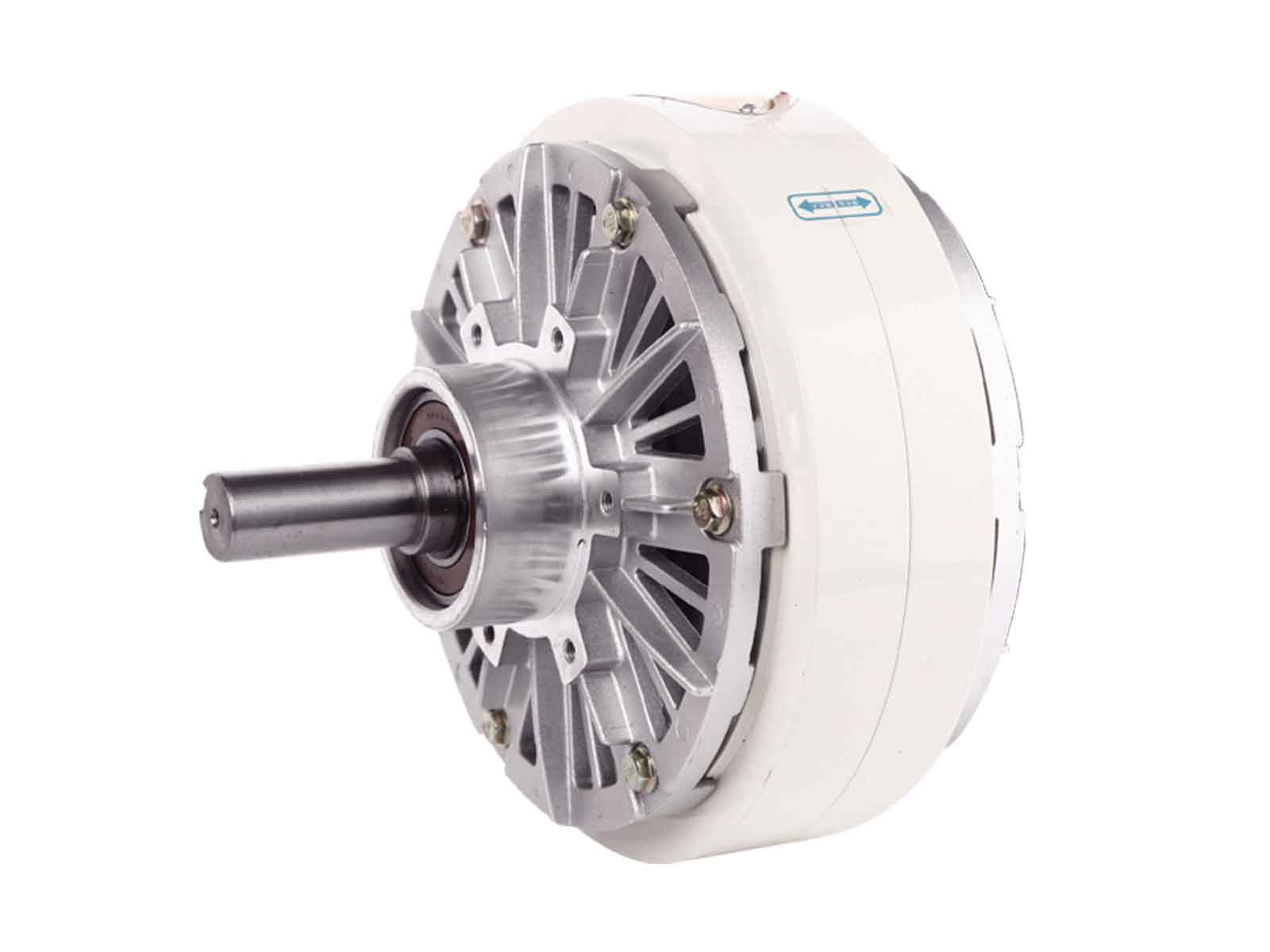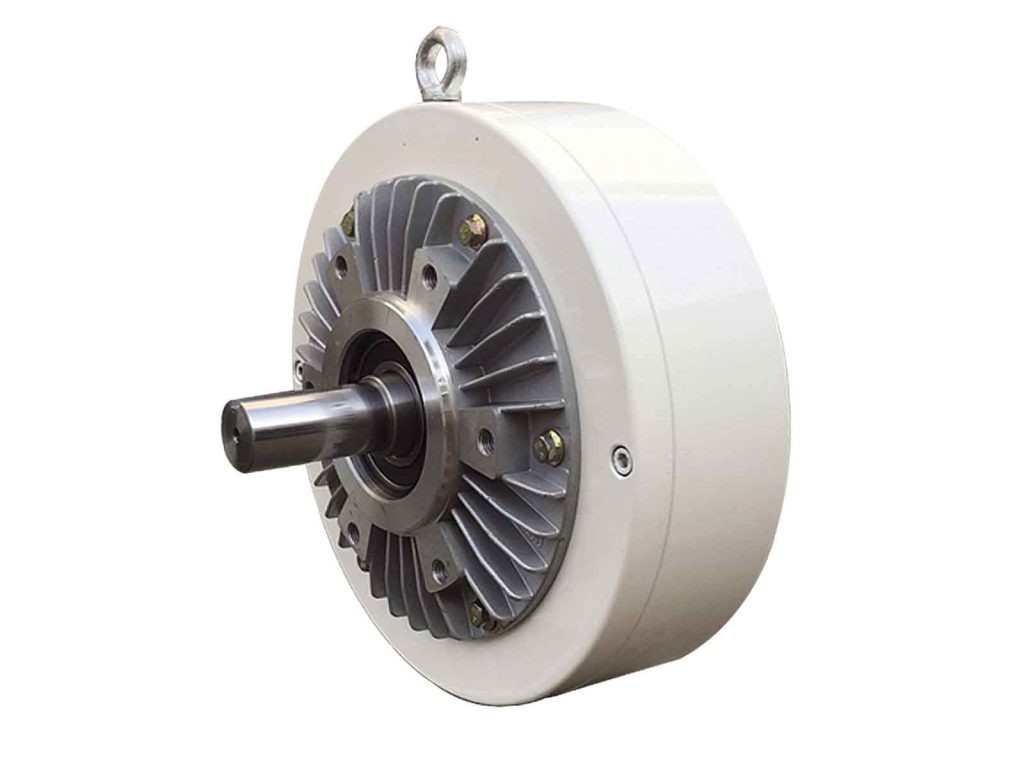Magnetic powder plays a crucial role in various industrial applications, often operating under challenging conditions. In particular, Magnetic Powder Clutch (MPC) systems are exposed to high temperatures, slip, and subjected to magnetic field forces, impact forces, and friction forces. To accurately assess their performance, it becomes essential to conduct bench tests that simulate real working conditions.
The Need for Realistic Bench Testing
Magnetic powder’s actual performance cannot be adequately reflected by static indices alone. Several factors come into play when assessing its behavior in practical applications, making bench testing a valuable tool for engineers and researchers. The test bench, composed of various components, allows for the simulation of real-world scenarios, providing insights that are both practical and instructive.
Components of the Test Bench
- The test bench comprises the following key components:
- Electric Motor: The heart of the test bench, the electric motor, provides the necessary power to drive the system.
- Gearbox: The gearbox is responsible for transmitting input torque energy from the electric motor to the magnetic powder clutch.
- Clutch (Brake Device): The magnetic Particle clutch, often used in conjunction with a brake device, is the core element being tested.
- Control Cabinet: The control cabinet plays a pivotal role in adjusting parameters such as current and input speed to assess changes in clutch performance.
The Role of the Electric Motor and Gearbox
- Electric Motor : The electric motor, a crucial component of the test bench, serves as the powerhouse that drives the entire system. It generates the necessary mechanical energy to simulate real-world conditions. Various aspects of the motor, such as its power rating and efficiency, impact the accuracy and reliability of the test results.
- Gearbox : The gearbox acts as a transmission mechanism, transferring the input torque energy from the electric motor to the magnetic powder clutch. The gearbox’s design and gear ratios are critical factors that influence the torque applied to the clutch, thus affecting its performance under different loads and speeds.
The Significance of the Control Cabinet
The control cabinet is where the magic happens in a magnetic powder dynamic performance test. It allows engineers to fine-tune parameters that simulate the diverse conditions magnetic powder clutches encounter in real-world applications.
- Current Adjustment : One of the key parameters controlled by the cabinet is the electric current supplied to the magnetic powder clutch. This adjustment mimics the varying magnetic field forces that the clutch experiences during operation. By altering the current, engineers can gauge the clutch’s response to changes in magnetic force, which is particularly critical in applications where precise control is required.
- Input Speed Variation : Another crucial aspect of the control cabinet’s role is the adjustment of input speed. Different applications may demand varying rotational speeds from the magnetic powder clutch. By modulating the input speed, researchers can assess the clutch’s performance under different operating conditions, replicating scenarios where slip or rapid engagement is necessary.
Conducting the Bench Test
With all components in place, the bench test begins. The electric motor starts, providing power to the system. The gearbox translates this power into torque, which is then applied to the magnetic powder clutch. The control cabinet allows for the dynamic manipulation of current and input speed, providing a real-time evaluation of the clutch’s behavior.
Results and Analysis
The data collected during the bench test forms the basis for evaluating the magnetic powder’s dynamic performance. Engineers analyze the results to gain valuable insights into how the clutch responds to varying conditions.
- Insights into Magnetic Field Forces : By studying the changes in current and their impact on clutch performance, researchers can gain insights into how the clutch responds to magnetic field forces. This information is crucial for applications where precise control over torque is necessary, such as in industrial machinery and robotics.
- Understanding Impact Forces : Impact forces, often encountered in machinery and equipment, can significantly affect clutch performance. The bench test allows engineers to simulate these forces by adjusting input speed and observing how the clutch responds. This knowledge aids in designing systems that can withstand sudden impacts without compromising performance.
- Evaluating Friction Forces : Friction is an ever-present factor in mechanical systems. The bench test enables researchers to assess how the clutch handles friction-induced wear and tear. By altering input speed and current, engineers can replicate conditions where high friction is a concern, helping to develop more durable and efficient clutch designs.
Conclusion
In conclusion, the dynamic performance of magnetic powder under harsh conditions, such as those encountered in MPC systems, cannot be accurately assessed through static indices alone. Bench testing offers a practical and instructive approach to understanding how magnetic powder clutches perform in real-world scenarios.
With components like the electric motor, gearbox, and control cabinet working in concert, engineers can simulate a wide range of conditions and gain valuable insights into magnetic powder behavior. This knowledge is essential for optimizing clutch performance in various industrial applications, ultimately leading to more efficient and reliable systems.

